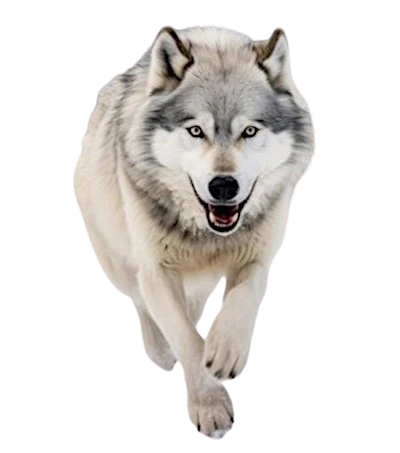
The Sakhalin Husky is a robust and muscular dog, with a dense and thick coat that protects it from extreme temperatures. Its appearance resembles that of a sled dog, with a broad head, almond-shaped eyes, and an attentive expression.
The Sakhalin Husky's coat is dense, with a thick undercoat and a smooth outer layer. It can be of various colors, ranging from gray to white, with shades of sand or black. This coat helps it withstand cold climates.
The Sakhalin Husky stands between 50 and 60 cm at the withers and weighs between 20 and 30 kg. It is a medium to large-sized dog, well-suited for working activities.
The Sakhalin Husky is an energetic, independent, and intelligent dog. While it can be naturally distant with strangers, it is extremely loyal and affectionate towards its family. This dog requires plenty of exercise and a stimulating environment to avoid boredom.
The Sakhalin Husky is generally healthy, but it can be prone to certain genetic diseases, such as hip dysplasia or eye problems. A balanced diet, regular exercise, and routine veterinary checkups are essential to maintaining its health.

Sakhalin Husky puppies are lively, curious, and full of energy. From an early age, they show a strong character and great independence, but they remain adorable and attached to their family.
The price of a Sakhalin Husky puppy can vary depending on the breeder, lineage, and prior care. On average, it ranges between 800 and 1,500 euros.
The Sakhalin Husky, a rare Japanese sled dog, is a primitive breed with an independent and resilient character. Its training requires patience and adaptation to its wild nature.
Sakhalin Husky specifics: This extremely hardy dog has strong pack and hunting instincts. Intelligent but stubborn, it shows great independence of mind.
Intensive socialization: From 2 months old, expose it to various environments, people and animals to mitigate its natural wariness and predatory instinct.
Constant positive reinforcement: Prioritize food rewards and encouragement. Coercive methods trigger rejection and escape attempts.
Extreme physical activity: Requires minimum 3 hours of intense daily exercise (weight pulling, canicross, long hikes) for behavioral balance.
Absolute containment: Due to its nomadic instinct, ultra-fenced garden (2.5m minimum) and leash outdoors are essential.